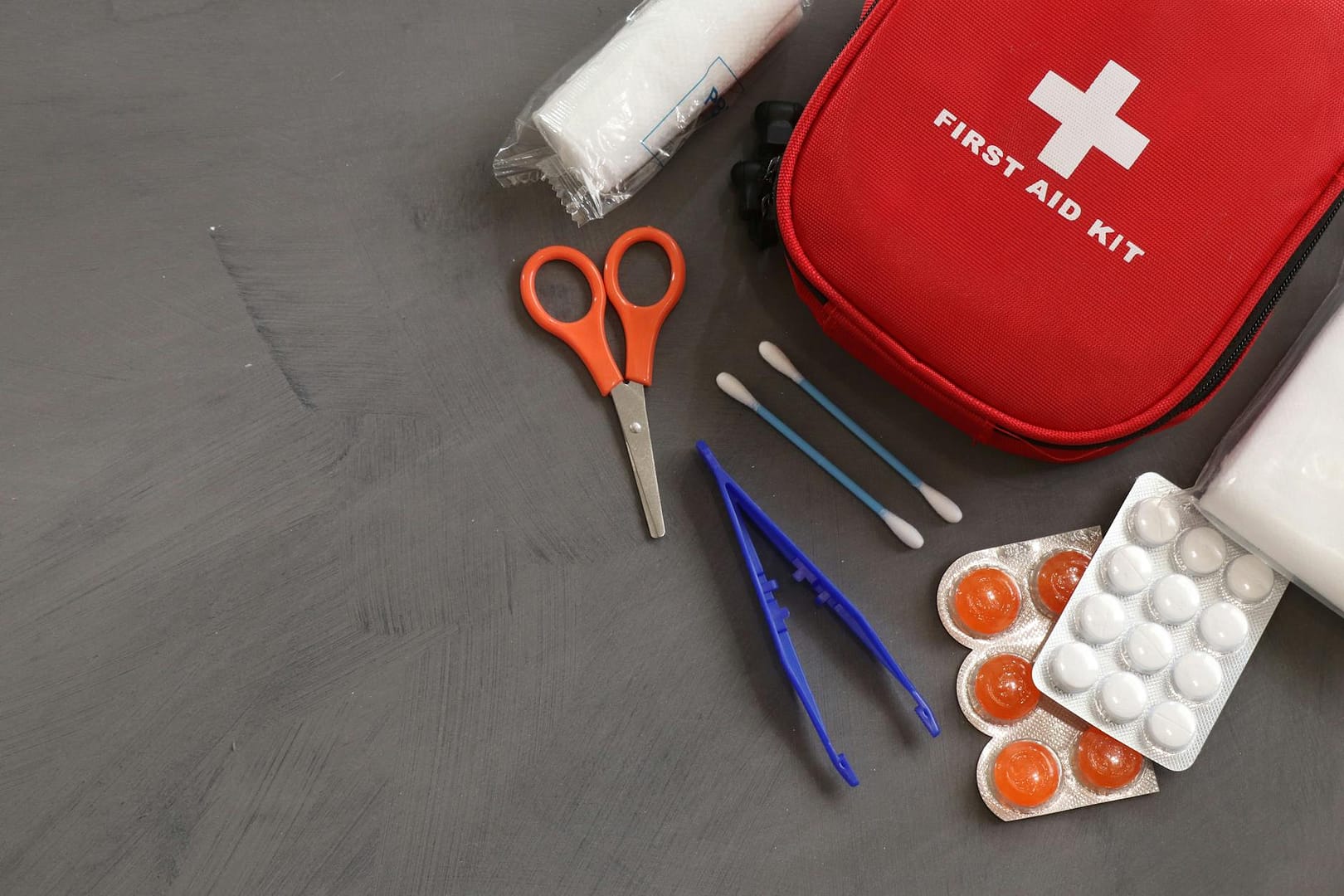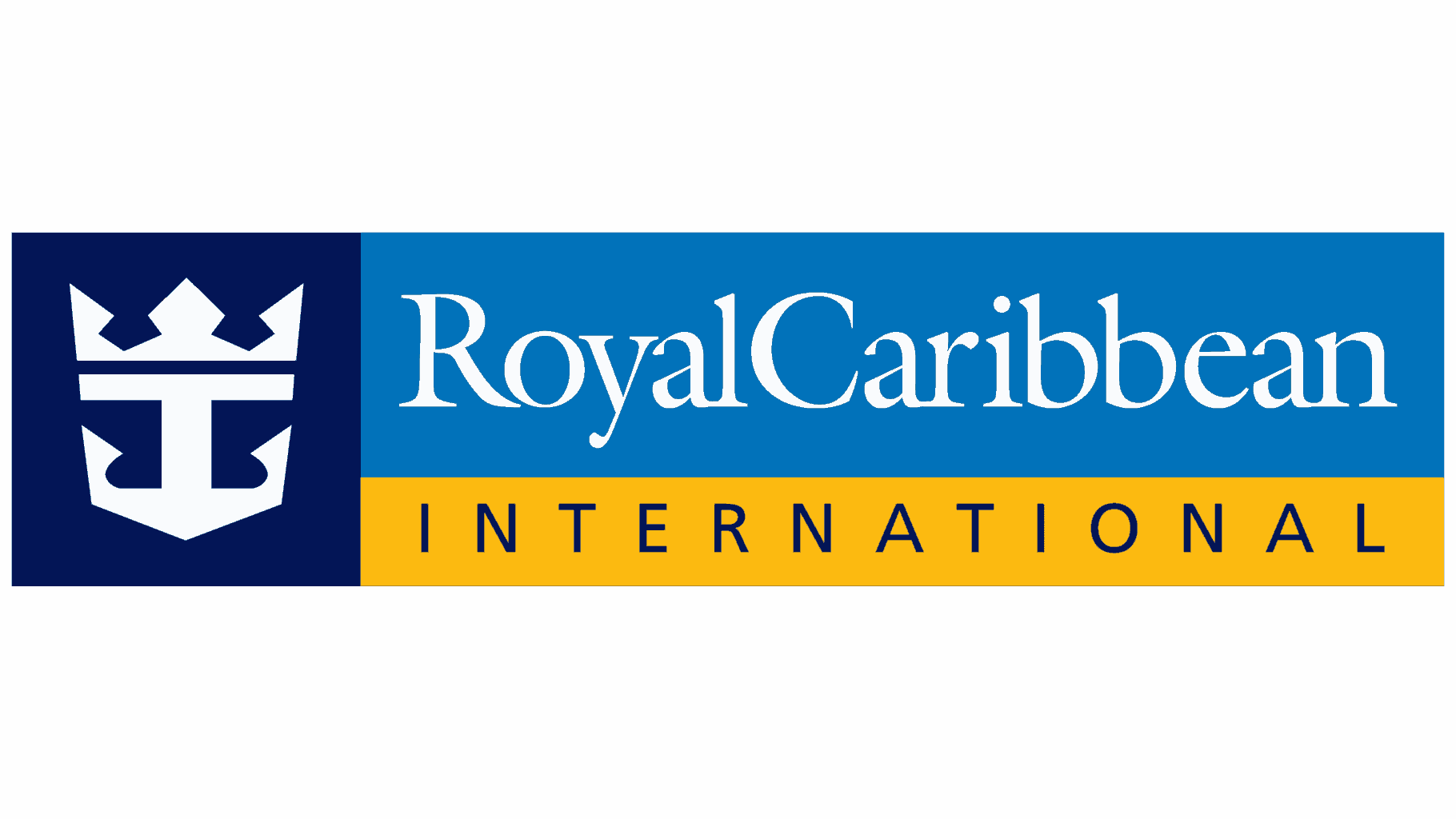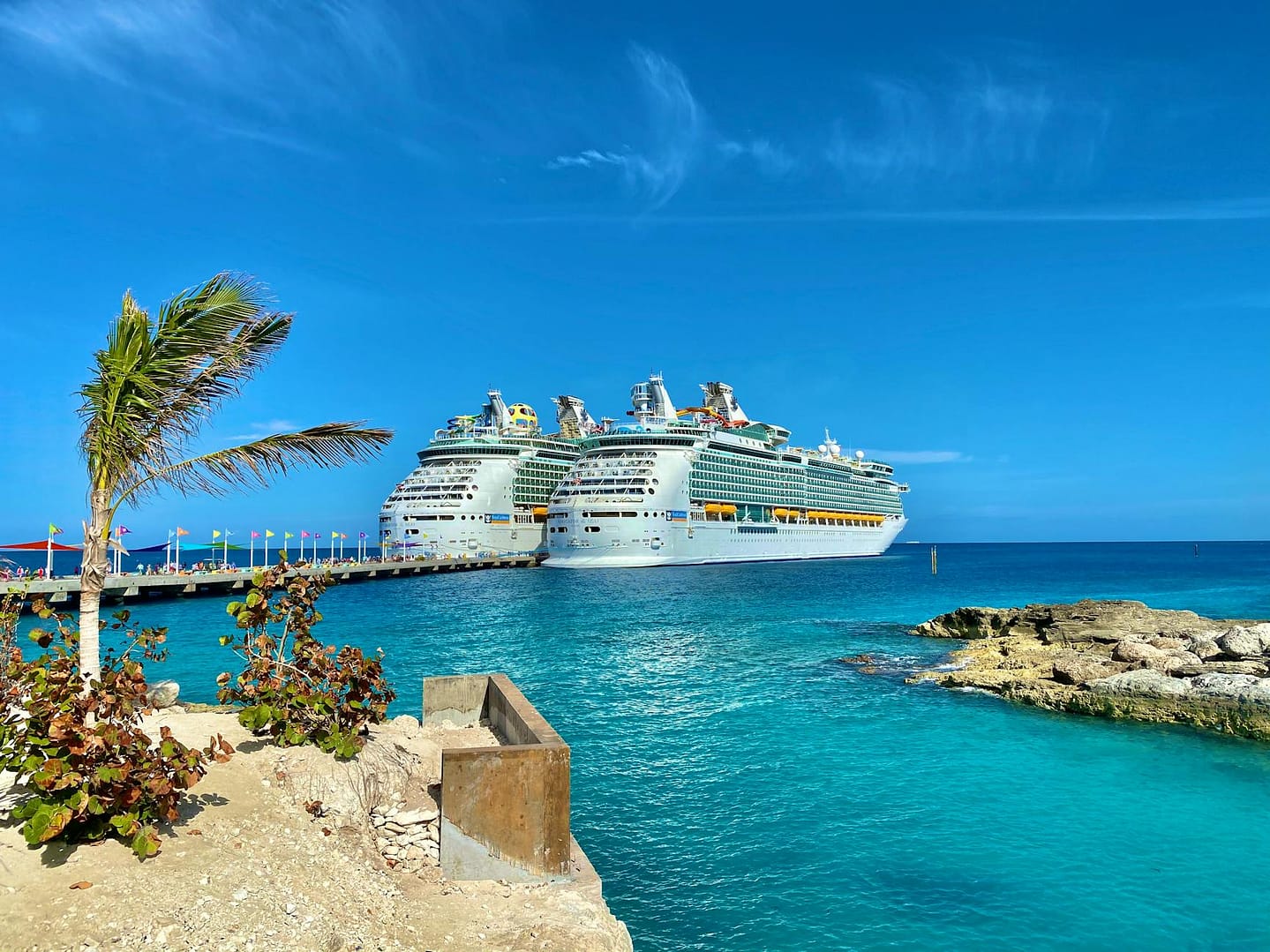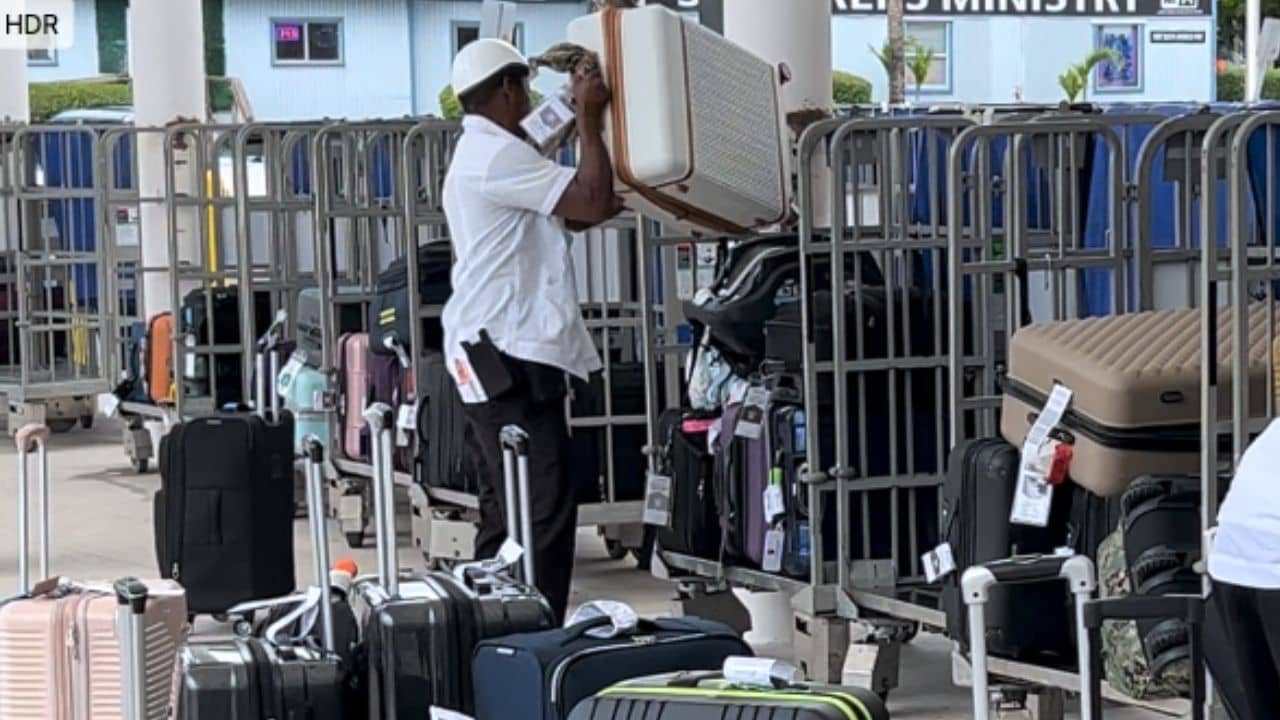Essential Items Found in a First Aid Kits for Cruisers
Setting sail without a first aid kit is like heading into the unknown without a map: you’re asking for trouble. When you’re cruising, having the right medical supplies can be your best safety net.
While cruise ships do have medical staff onboard, it’s always smart to be prepared for small injuries or illnesses that may arise while you’re at sea. Keep in mind that using the onboard medical facilities can be costly. On a recent cruise, we were told it would cost $150 just for a consultation with a medical staff member – treatment not included! Of course, for serious injuries or illnesses, you should definitely visit the ship’s doctor (and hopefully, you’ve purchased travel insurance for those unexpected moments). But for minor bumps, bruises, and common travel ailments, many issues can be handled with the right items in your first aid kit.
In this article, we’ll walk you through the essential items you should include in your first aid kit for a cruise. This guide will help you create a compact, cruise-specific kit that provides peace of mind throughout your voyage.
Essential Basics for Every Cruise First Aid Kit
A well-stocked first aid kit is one of the smartest things you can pack for your cruise. From blisters and scraped knees to minor burns or headaches, it covers the basics so you can avoid an unnecessary—and expensive—trip to the ship’s medical bay. I’ve used mine for everything from seasickness patches to quick bandage fixes after excursions. Compact and easy to pack in your suitcase or day bag, it’s perfect for handling small mishaps right in your cabin. With essentials like bandages, burn relief, and more, this kit can easily save you hundreds and keep your cruise smooth sailing.
While many cruisers choose to buy pre-made first aid kits, it’s wise to supplement with a few items specific to the cruising experience – things like seasickness remedies, sunburn relief, and insect bite treatment. Whether you start with a pre-made kit or build one from scratch, here’s what you’ll need:
Bandages and Gauze Pads

Bring a variety of adhesive bandages in different sizes for small cuts, blisters, and scrapes. Don’t forget larger gauze pads for bigger wounds, as well as medical tape to hold them in place. An alternative are these large waterproof bandaids that are ideal if water activities are planned for your cruise. You can never go wrong with extra supplies, especially if you’ll be doing a lot of walking or participating in shore excursions.
Antiseptic Wipes and Creams
In the event of a cut or scrape, antiseptic wipes are vital for cleaning the wound and preventing infection. Follow up with an antibiotic ointment to keep the area protected until it heals.
Pain Relief Medication
On a cruise, headaches or muscle aches can strike when you least expect it. Pack over-the-counter pain relievers like ibuprofen or acetaminophen to help manage discomfort quickly and efficiently.
Antihistamines
Allergies can flare up unexpectedly, whether from food, environmental factors, or insect bites. Be sure to have a good supply of antihistamines like Benadryl on hand to handle any allergic reactions, especially since you might not always have access to the ship’s pharmacy.
Seasickness Solutions for Smooth Sailing
Seasickness is one of the most common concerns while cruising, especially if you’ve never been on a ship before. Fortunately, there are several remedies that can help.
Motion Sickness Tablets
Whether you’re prone to seasickness or just want to be prepared, pack motion sickness tablets such as Dramamine or Bonine. These can help alleviate nausea and dizziness when the seas get rough. For best results, start taking them before you feel sick.
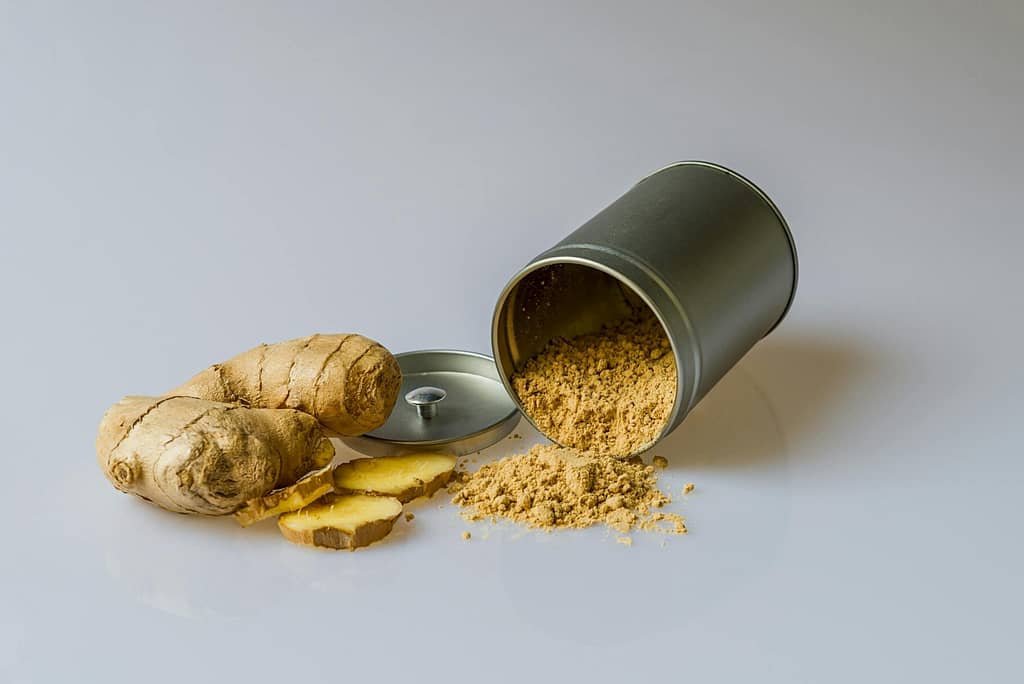
Ginger or Peppermint Products
If you’re not a fan of medication, consider packing ginger candies, ginger ale, peppermint oil, or mint tea bags. These natural remedies are known to soothe an upset stomach and are especially popular for relieving seasickness.
Acupressure Bands
Acupressure wristbands are a non-medical solution that apply pressure to certain points on your wrist to alleviate nausea. They’re an excellent alternative if you prefer avoiding pills or want something easy to use.
Sun Protection and Skin Care
Being on the open water means plenty of sun exposure, so it’s essential to protect your skin from harmful UV rays.
Sunscreen
Pack a broad-spectrum sunscreen with a high SPF (at least 30 or higher) to protect yourself from sunburn. Opt for water-resistant sunscreen, especially if you plan on swimming or enjoying outdoor activities during excursions. Be sure to use a mineral-based, reef-safe sunscreen if you will be swimming near any corals.

Aloe Vera Gel
Sunburns can quickly ruin your fun. Aloe vera gel is soothing and helps to cool and heal sunburned skin. It’s a good idea to apply it regularly after sun exposure to minimize damage.
Lip Balm with SPF
Lips are often forgotten in sun protection routines. A lip balm with SPF will protect your lips from burning and chapping, which is especially important if you’re out in the sun all day.
Cruise-Specific Needs: What You Might Not Think to Pack
There are a few items that are unique to cruises or certain destinations that you should definitely have on hand. These can be essential for comfort and safety.
Insect Repellent
Insects can be a real nuisance, especially in tropical regions, where mosquitoes are common. To protect yourself, pack a reliable insect repellent. We find ones that use Picaridin more effective – and safer – than those that use DEET. It’s also a good idea to check with your cruise line for any location-specific advice, as certain areas may have health concerns, such as the Zika virus.
Burn Relief
Accidents can happen, whether it’s a kitchen burn or a sunburn. Burn relief ointment can soothe the pain and prevent blistering. Include this in your kit for quick relief in case of an unfortunate mishap.
Hand Sanitizer
In close quarters on a ship, germs can spread quickly. While wash stations are available, hand sanitizer can be helpful when you’re in a pinch. Choose a travel-sized bottle for easy access.
Additional Items for a Well-Stocked Kit
To ensure you’re fully prepared, don’t forget to pack a few extra items that will come in handy for common travel scenarios.
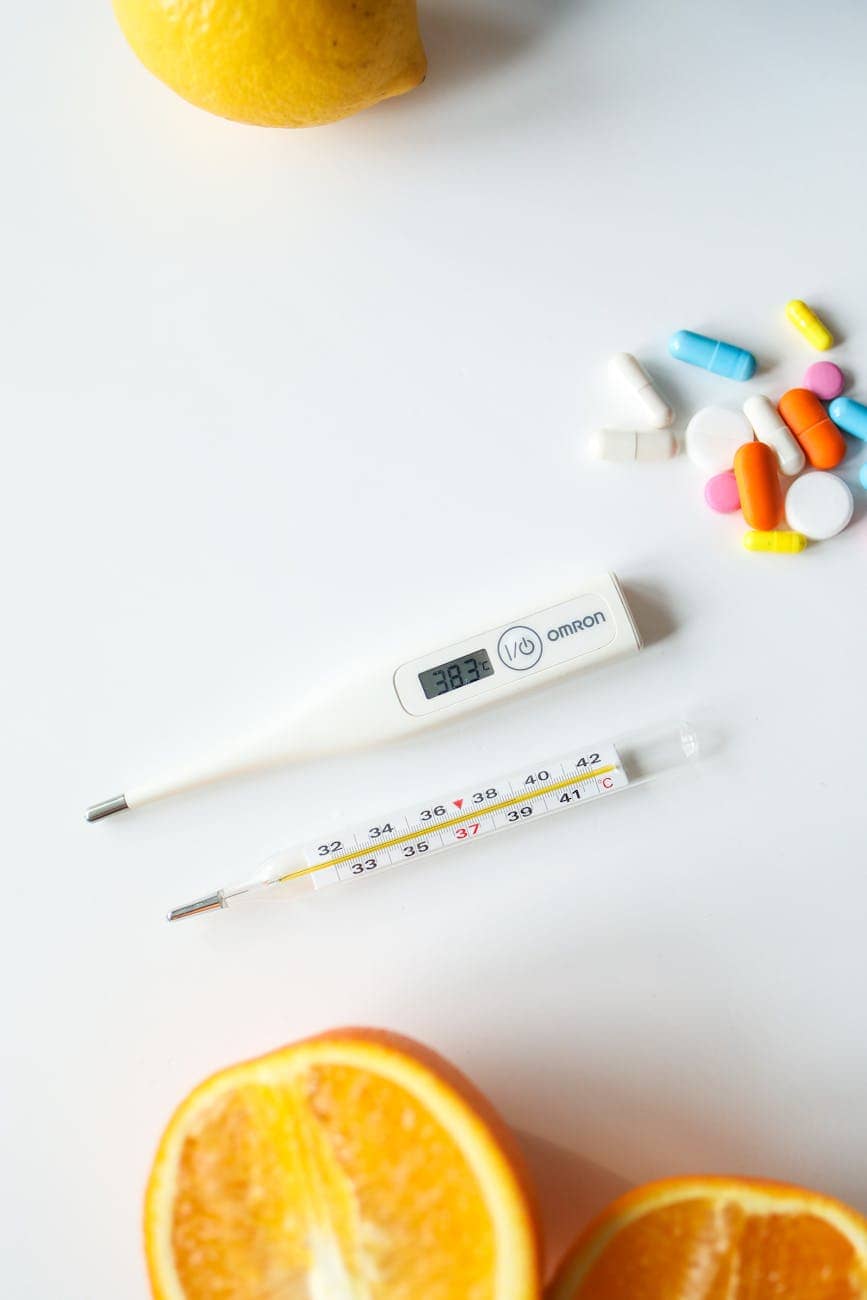
Thermometer
It’s always good to monitor your temperature if you’re not feeling well. Having a thermometer on hand can help you spot potential illnesses early, especially if you’re dealing with a fever.
Tweezers
If you get a splinter, need to remove a tick, or have an insect sting, tweezers are crucial. Make sure your first aid kit includes a good pair for these types of tasks.
Safety Scissors
Safety scissors with rounded tips are great for cutting bandages, gauze, or tape without the risk of injury. When flying, make sure they have blades shorter than 4 inches to comply with TSA rules. On a cruise, they’re generally allowed, but always check with your cruise line for any specific restrictions
First Aid Manual or Instructions
While it’s unlikely you’ll need to perform complex first aid procedures, it’s a good idea to have a basic first aid manual on hand, especially for more serious emergencies. Make sure to include emergency contact numbers and the location of the ship’s medical center.
Prescription Medications: Travel Smart and Stay Prepared
If you take prescription medications, it’s important to prepare well before your cruise. Make sure you have enough to cover the entire trip—plus some extra, just in case. A good rule of thumb is to bring at least 50% more than you expect to need, in case of travel delays or itinerary changes. If necessary, request an early refill from your pharmacy to ensure you don’t run short while away.
Always pack prescription medications in your carry-on luggage, not your checked bags. This keeps them accessible at all times and protects against the risk of lost luggage. It’s also smart to bring a day’s worth of your most essential medications with you during shore excursions. That way, if you’re delayed returning to the ship or plans change unexpectedly, you’ll still have what you need on hand.
Packaging and Documentation
While it’s not required to bring medications in their original containers, it’s advisable to carry the prescription label or a photocopy. A simple snapshot of the original pill bottle, with the label clearly in focus, may suffice. Ensure the label matches your identification. For controlled substances or injectable medications, carry a doctor’s note or a prescription copy to avoid complications during security checks.
International Restrictions
Some countries have strict regulations regarding medications. For instance, CBD products are prohibited by most cruise lines and in many destinations, even with a doctor’s prescription. To check specific country requirements, refer to resources like the CDC’s Travelers’ Health or the U.S. Department of State’s Travel websites.
The Cruiser’s Motto: Always Be Prepared!
Having a well-stocked first aid kit on your cruise provides peace of mind and ensures you’re prepared for anything that might come your way. From seasickness to sunburns, the right items can make a huge difference in how you enjoy your time at sea. Before you set sail, check off your list to ensure you’ve got everything covered. A little preparation goes a long way in making your cruise vacation more relaxing and enjoyable.

